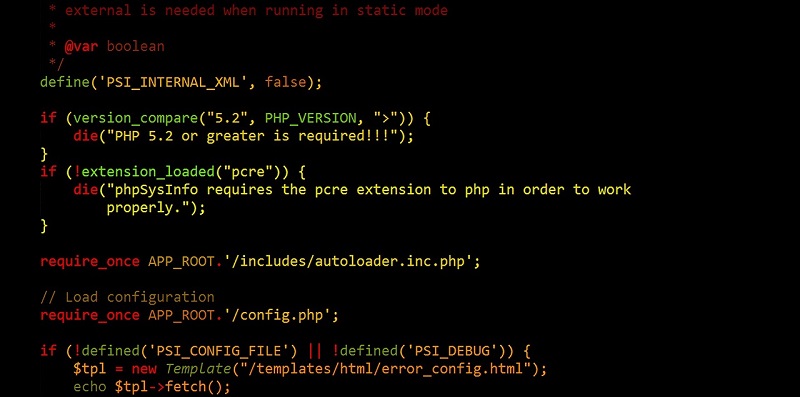Managing software maintenance and incident management effectively is crucial for organizations to ensure smooth operations and deliver quality products to customers. One prominent best practice that has proven successful is enabling support engineers to perform routine maintenance tasks. In this article, we will explore the benefits of sharing operational tasks, the role of automation through runbooks, involving developers in incident management, strategies for effective resource utilization, handling emergency situations with runbooks, maintaining a complete audit trail, the importance of work-life balance, and automating delivery pipelines.
Enabling support engineers for routine maintenance tasks
Sharing operational tasks in the product life cycle plays a crucial role in giving more time back to developers, allowing them to stay focused on programming. By delegating routine maintenance tasks to support engineers, developers can concentrate on enhancing the product and delivering new features. This collaborative effort not only improves productivity but also fosters a deeper understanding of the product among the support team.
Automation through runbooks to manage maintenance tasks
To alleviate the potential overwhelm faced by support teams, automation through runbooks proves incredibly valuable. Runbooks enable the automation of routine maintenance tasks, ensuring that support engineers are not burdened by the sheer volume of these tasks. By programmatically defining steps and processes, organizations can streamline and expedite maintenance operations, freeing up resources for more complex issues.
Shifting left and involving developers in incident management
In many organizations, the philosophy of “you own it, you run it” necessitates developer involvement in incident management. Shifting left encourages developers to take ownership of their code’s performance in production by requiring their direct involvement in customer support. This approach enhances accountability, prompts faster issue resolution, and facilitates continuous improvement across the entire development lifecycle.
Ensuring developers are called upon only when truly needed
Incident management can be a daunting challenge for developers, as it disrupts their focus on coding and can lead to burnout. To optimize resource utilization, organizations should ensure that developers are called upon only when their expertise is truly required. Effective strategies include enhancing support team training, implementing proper diagnostic and triage processes, and clearly defining escalation paths to engage developers at the appropriate level.
Handling emergency situations with runbooks and defined steps
Automating emergency operational tasks through runbooks enables support teams to efficiently handle common situations, such as website failover and restoration. By outlining pre-defined steps, these critical processes can be executed with speed and accuracy, reducing downtime and minimizing the risk of errors. Additionally, granting necessary infrastructure permissions within runbooks allows multiple team members to execute emergency steps without compromising system integrity.
Maintaining a complete audit trail of performed steps is possible when automating operational tasks through runbooks. This approach offers the added benefit of creating a comprehensive record of all steps taken during maintenance and incident management. By doing so, organizations can establish accountability and improve troubleshooting efficiency. Additionally, having all this information in one centralized location simplifies compliance audits and fosters a culture of transparency.
The importance of work-life balance in preventing employee burnout cannot be overstated. Employee burnout is a significant concern in the software engineering industry, often attributed to excessive workloads and unexpected incident management responsibilities. These factors contribute to high levels of stress and reduced productivity. To address this issue, organizations must prioritize work-life balance and prioritize employee well-being. This can be achieved by encouraging regular breaks, ensuring sufficient support staff are available, and setting clear boundaries between work and personal life. Ultimately, these measures contribute to a healthier and more motivated workforce.
Automating delivery pipelines for faster, reliable, and predictable application releases
Automation plays a pivotal role in speeding up the delivery of applications to customers, ensuring reliability and predictability. By implementing automated delivery pipelines, organizations streamline the release process, reducing manual errors and minimizing time-to-market. Continuous integration, testing, and deployment enhance efficiency and allow for rapid iteration and seamless updates.
Streamlining software maintenance and incident management through automation empowers organizations to optimize resources, enhance collaboration, and deliver high-quality products to customers. Enabling support engineers, automating routine tasks through runbooks, involving developers in incident management, and maintaining a comprehensive audit trail are all essential components of an effective strategy. By embracing automation and emphasizing work-life balance, organizations can create a productive and sustainable environment that supports both individuals and the company’s long-term success.

